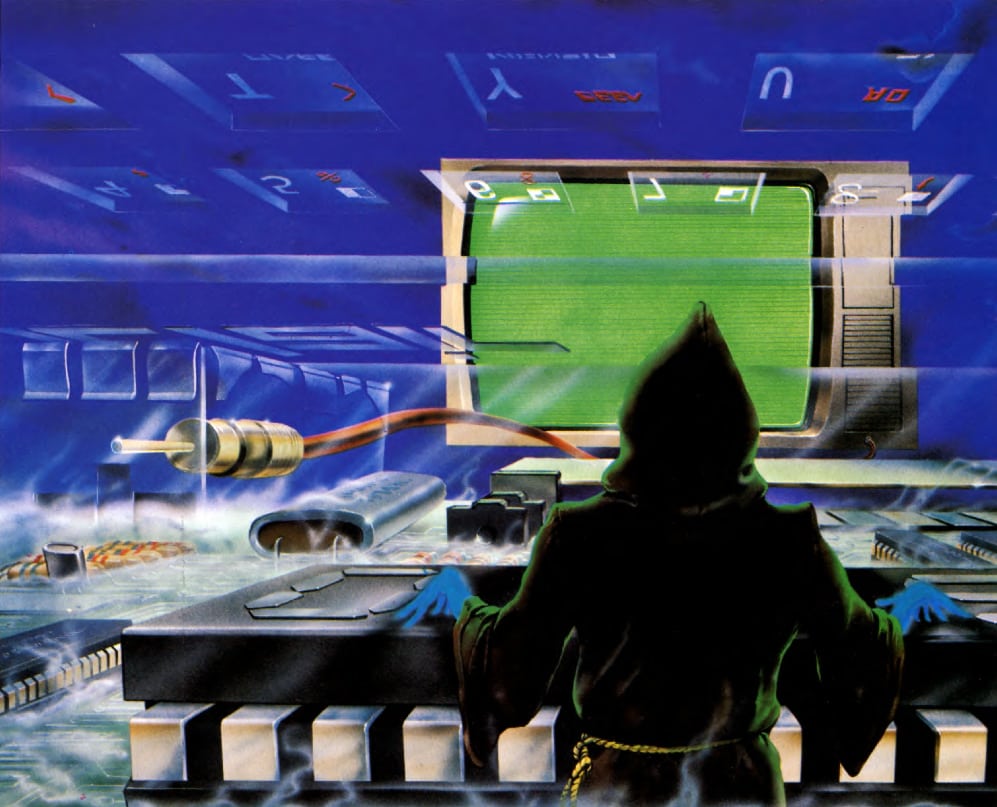
The dark side of the internet
Social Media
Posted 29 Jun 2017
What is the dark side of the internet? Most well-known websites like Amazon and eBay are used daily by millions of people. Similar websites, found on the clear web, are freely accessible to anyone through browsers like Internet Explorer, Mozilla Firefox and Google Chrome. These websites are also indexed through search engines like Google and Bing.
But the Internet that the most of us use daily hides more than just the web we know. After a little research, you can find terms like “deep web” and “dark net”, but what do they mean? Today, we will clarify the differences between all these terms. Before we do that, however, you should know that surfing these sites is completely legal, but ordering something illegal over the dark net is not.
Beyond the clear web is the deep web – you cannot reach the deep web with search engines, but like the clear web, it is based on http/https-web logs. These websites can still be accessed with normal browsers like Firefox. Experts estimate that the deep web is 400 to 500 times as big as the normal web, but a major part of it is composed of company networks, which only employees can access, and databases belonging to universities, libraries and research institutes. Ordinary users can reach the main pages of most of these sites, but only individuals with access authorization are able to log in. Most of these sites are functional and uninteresting for most users.
If you venture further into the depths of the internet, you may come across the deepest possible area, the dark net. The dark net has nothing to do with the internet as we know it. To access the dark net, you need special software downloaded from the clear web. After registering yourself with a username through a proxy server, you can move freely around the dark net. Most dark net websites cannot be found with search engines, so you need to look for a link on the clear web or the operator of the site has to invite you.
The basic ideas behind the dark net are access to information, guaranteed anonymity and censorship avoidance. For example, the dark net contains a great deal of information about art, books, photos and videos which are censored in some countries. In the dark net, everyone that wants to see something can see it. Up to 60 percent of the dark net is used for legal purposes.
However, the dark net’s guaranteed anonymity is also used for illegal purposes. Dark net criminals undertake measures to prevent the tracking of their transactions. Site URLs often change and Bitcoin purchases cannot be traced. Physical packages are well-hidden and their coordinates only revealed to the customer.
Despite the crime it facilitates, the dark net can be used for good. For example, politically persecuted individuals can protect their identity with the smokescreen of the dark net. The New York Times owns a website with instructions for whistleblowers on how they can hide themselves with the dark net, and many forums on the dark net organize protest marches and hackathons.
At the end of day, the dark side of the internet has its bright spots where freethinkers can communicate with one another and stay anonymous, but it is also a grey area with a very high level of crime. If you do traverse all sides of the internet, be watchful, particularly in the dark corners.
https://www.hbi.de/en/2018/08/08/technology-innovation-trends/